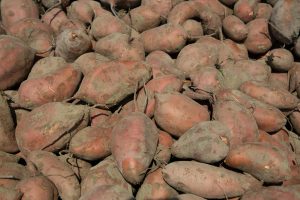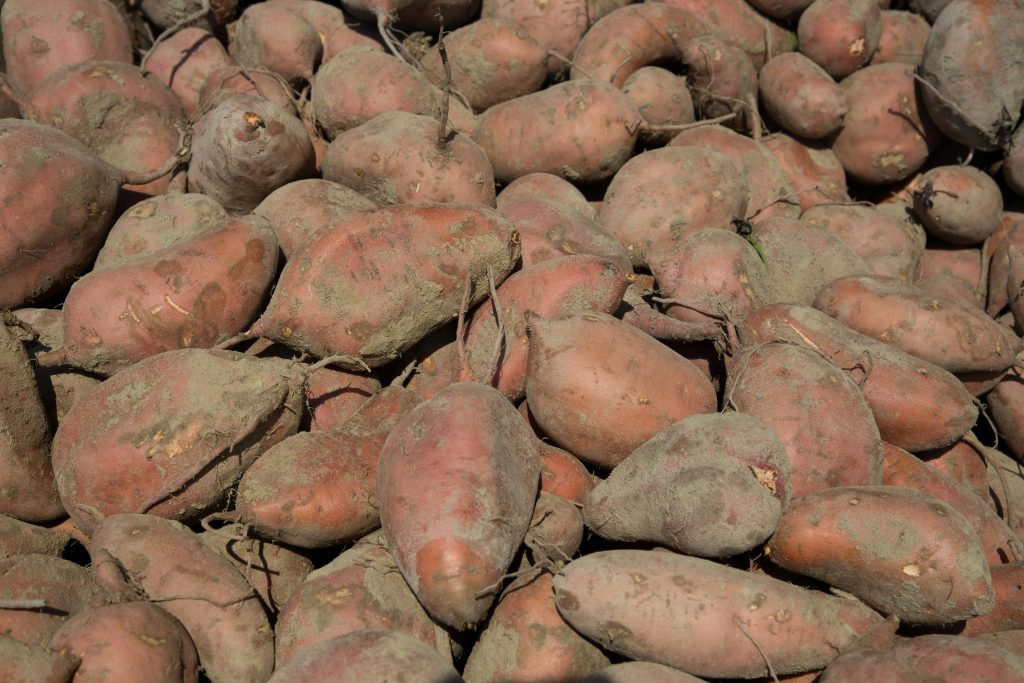
Gypsum for Root Crops: Preventing Cracking and Improving Shape
Root crops are among the most reliable and versatile vegetables grown in fall gardens. Carrots, beets, radishes, potatoes, and turnips are staples for both commercial

Root crops are among the most reliable and versatile vegetables grown in fall gardens. Carrots, beets, radishes, potatoes, and turnips are staples for both commercial growers and home gardeners because they store well, provide excellent nutrition, and thrive in cooler weather. Yet root crops are also prone to a common set of problems: cracking, poor shape, and disorders like tip burn or hollow heart. These issues not only reduce market value but also frustrate gardeners looking for high-quality produce. One of the simplest and most effective amendments to address these challenges is gypsum.
Gypsum, or calcium sulfate, is a soil conditioner and nutrient source that supplies both calcium and sulfur. These two nutrients are critical for root development and crop quality. Calcium strengthens tissues and prevents physiological disorders, while sulfur supports protein formation and flavor. Together, they improve root shape, firmness, and resilience. Applied in October, gypsum helps prevent cracking and ensures root crops finish the season uniform and marketable.
At Supply Solutions LLC, high-quality gypsum is available to help farmers, landscapers, and gardeners improve root crop quality before winter sets in.
Calcium is a key secondary nutrient that directly influences root structure and integrity.
Without enough calcium, root crops often crack, grow unevenly, or develop weak tissues.
Sulfur plays an equally important role in quality.
Together, calcium and sulfur make gypsum one of the most effective amendments for root crop health.
Root crops require loose, well-structured soil to grow straight and uniform. Gypsum improves soil conditions in several ways:
By improving soil and supplying calcium and sulfur, gypsum directly reduces cracking and improves root shape.
Fall is the ideal season to apply gypsum in vegetable gardens and fields.
By applying gypsum in October, growers prepare both current root crops and soils for next year.
For commercial root crop producers, quality determines profitability. Gypsum provides measurable advantages.
Farmers who add gypsum to fall fertility programs see immediate and long-term improvements.
Landscapers managing edible beds or community gardens also benefit from gypsum applications.
For landscapers, gypsum adds professionalism and tangible improvements to edible landscapes.
Home gardeners often face challenges with root crops in heavy or compacted soils. Gypsum provides simple solutions.
For backyard growers, gypsum is one of the easiest ways to improve fall harvests.
Avoiding these mistakes ensures gypsum delivers maximum impact.
At Supply Solutions LLC, gypsum is sourced for consistency and solubility. It dissolves easily, improves soil quickly, and provides reliable calcium and sulfur for root crops. With expert guidance available, farmers, landscapers, and gardeners can trust that they are making the right choices for healthier soil and stronger crops.
Root crops are a staple of fall and winter diets, but their quality depends on soil health and balanced nutrition. Cracked carrots, misshapen beets, or hollow potatoes not only reduce yields but also frustrate growers. By applying gypsum in October, growers strengthen root tissues, reduce cracking, and ensure uniform, market-ready crops. Calcium and sulfur are the foundation of quality, and gypsum is the tool that delivers them effectively.
For gypsum and other trusted soil amendments, visit Supply Solutions LLC. Reach us through our contact form, message us on Facebook, call 503-451-1622, or email sales@mysolutionssupply.com to get the products and guidance you need for straighter, healthier root crops.

Root crops are among the most reliable and versatile vegetables grown in fall gardens. Carrots, beets, radishes, potatoes, and turnips are staples for both commercial

Pumpkins are a symbol of autumn. From carving jack-o’-lanterns for Halloween to baking pies for Thanksgiving, they dominate both markets and households throughout October and
Give us a call or visit our store, and we’ll help you find the right solution for your business.
© Supply Solutions LLC 2025